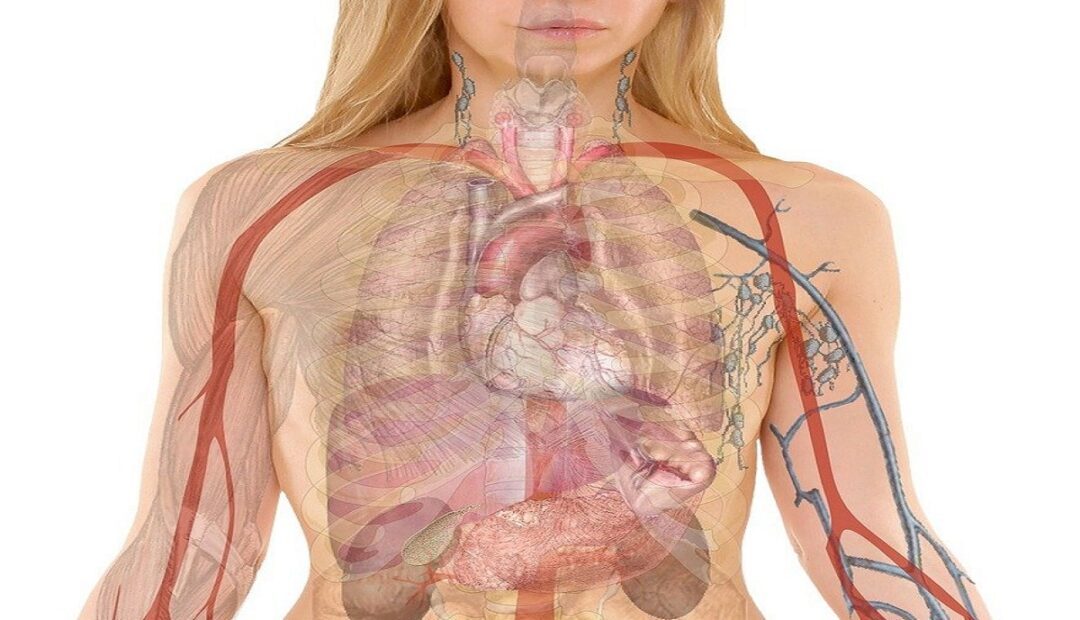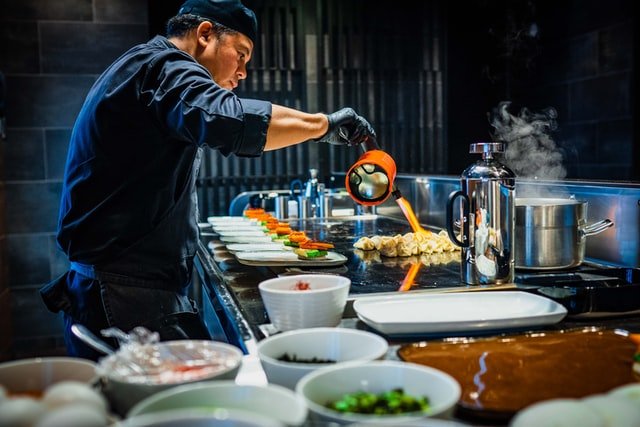GASEOUS EXCHANGE IN INSECTS
Gaseous exchange in insects e.g., grasshopper takes place across a system of tubes penetrating into the body known as the tracheal system. The main trachea communicate with atmosphere through tiny pores called spiracles. Spiracles are located at the sides of body segments; Two pairs on the thoracic segments and eight pairs on the sides of […]
GASEOUS EXCHANGE IN INSECTS Read More »

